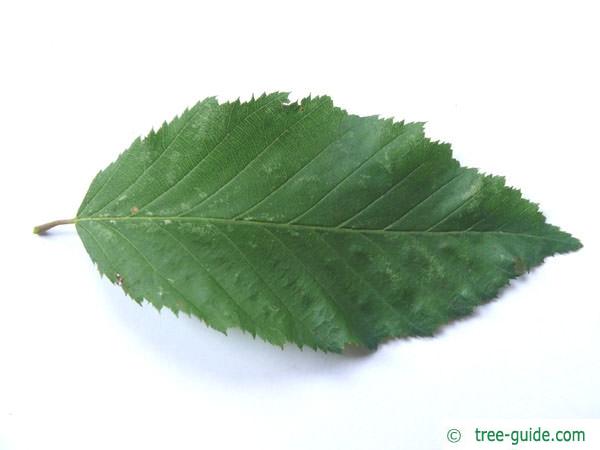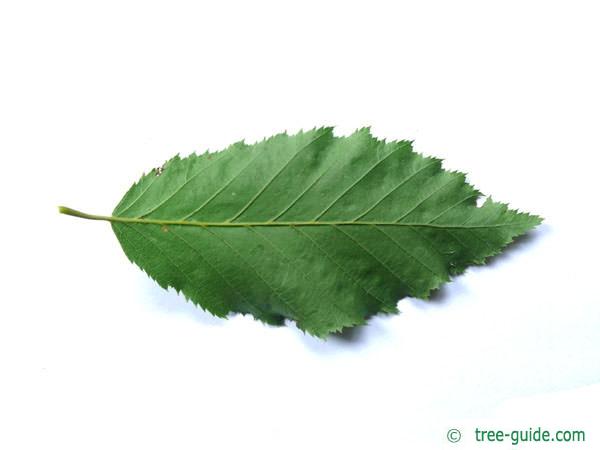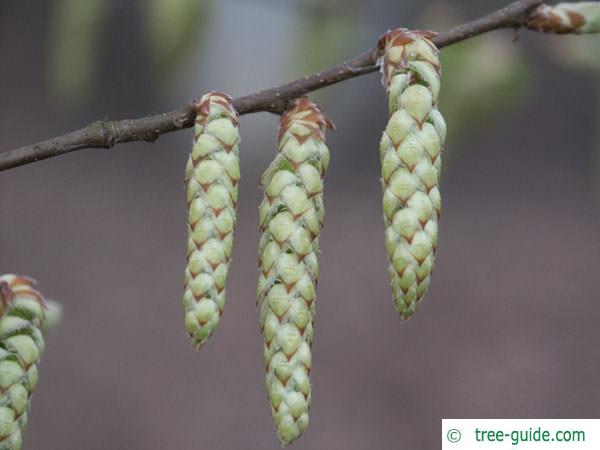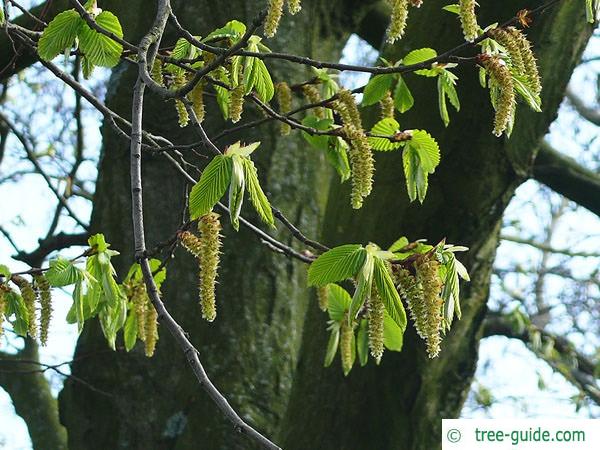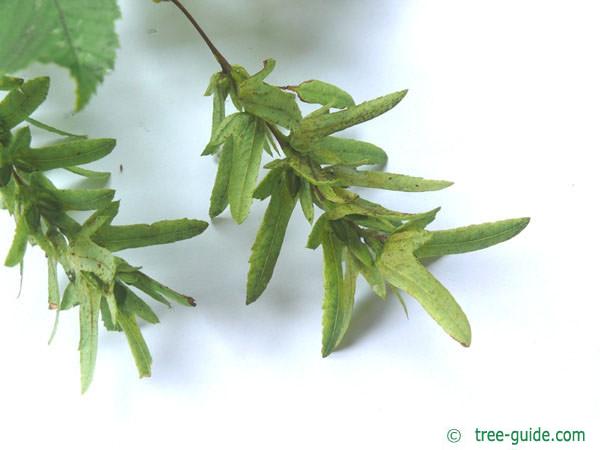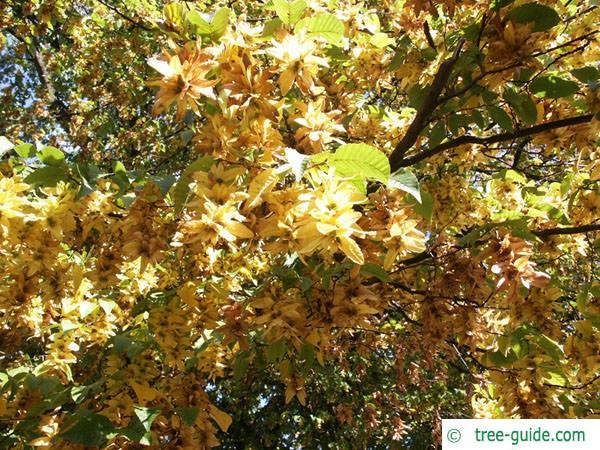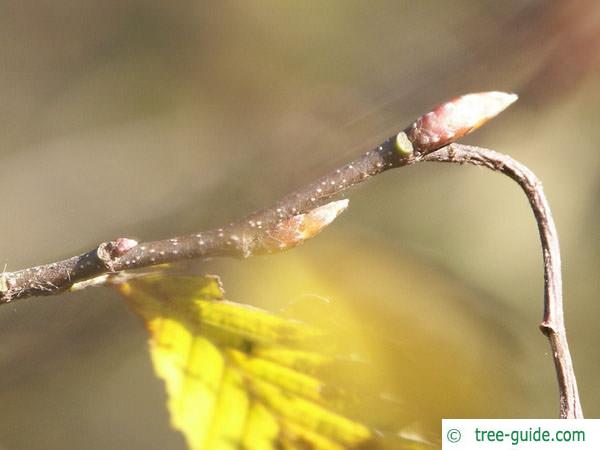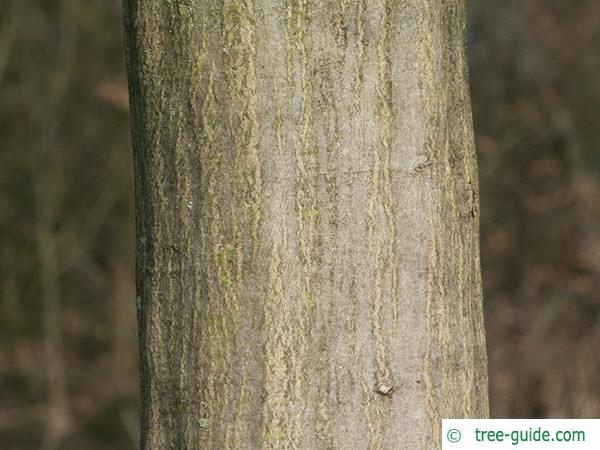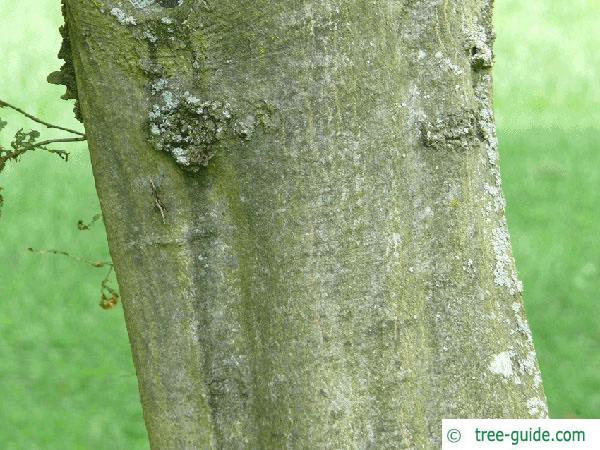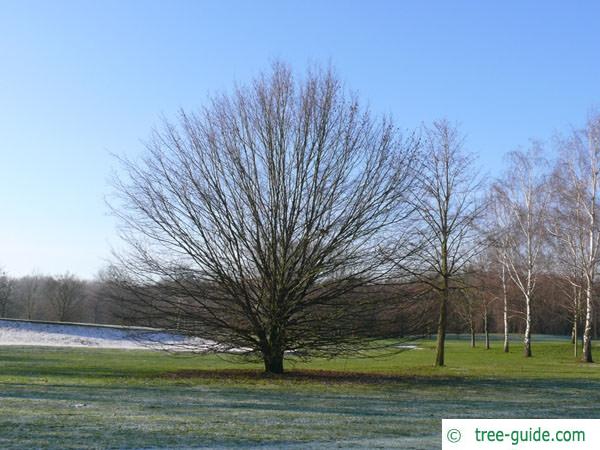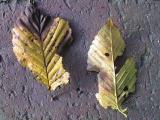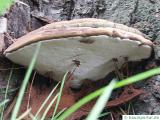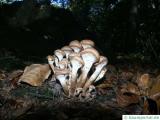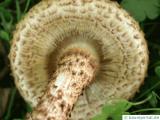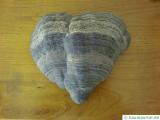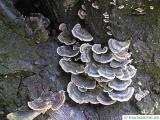Basisdaten
The Hornbeam is widespread in Europe and western Asia. At altitudes above 600 meters, the hornbeam is not found.
Carpinus betulus - Common hornbeam
Description
Carpinus betulus is a deciduous broadleaf tree, which reaches heights of growth of up to 25 meters (82 ft). The trees are about 150 years old and often have crooked trunks. The tree is one of the most important cedar trees and grows in Central Europe at altitudes up to 1,000 meters (3300 ft).
Habit
Hornbeams are richly branched. The crown is initially conical and older trees form a roundish and expansive crown. The young branches are flexible. The trunk usually has an irregular cross-section. In young trees, the branches grow vertically upwards. In old age, the branches bend horizontally and break frequently. In freestanding trees, the broad oval crown is particularly powerful. The alternate leaves are up to ten inches long and four inches wide. The margin of the egg-shaped leaves is double serrated. Initially, the young leaves are hairy on their underside, but later they become blunted.
Buds
The spindle-shaped winter buds are about eight millimeters long and close to the shoot. The flower buds are larger and less pointed.
Blossom
The hornbeam flowers in the months of April to May. As a monoecious plant, the male and female flowers of hornbeam always appear on a plant. In free standing, the sexual maturity occurs at about 20 years. In the woods sexual maturity is reached after about 35 years. The inconspicuous flowers appear with the leaves and have no perianth. Male kittens are about six inches long and yellowish-green. The female kittens are about three inches long and green in color.
Fruit
In September and October the fruit maturity occurs. The nutlets are hard and enclosed by a three-lobed wing. Germination often takes place only in the second spring after maturity. Only about 60% of the seeds are germinable.
Hornbeam Wood
The hornbeam wood has no differences in sapwood and core. It is a very strong and tough wood. The yellowish-white wood dries very fast, but fades strongly. Hornbeam wood is processed into objects, which are mechanically stressed. These include stems of tools or cone balls. Due to its high calorific value, hornbeam wood is a good supplier of charcoal.
Tree profile
The leaves of European hornbeam are ovoid, 4 – 9 cm (1.6 – 3.5 in) long and pointed. The leaf margin is serrated.
The yellow flowers (catkins) are yellow and hang down.
The samaras hang in pairs in bundles.
The branches are bent back and forth. The hornbeam very well to cutting.
single tree, planting in groups, hedge plant, tolerates pruning good







